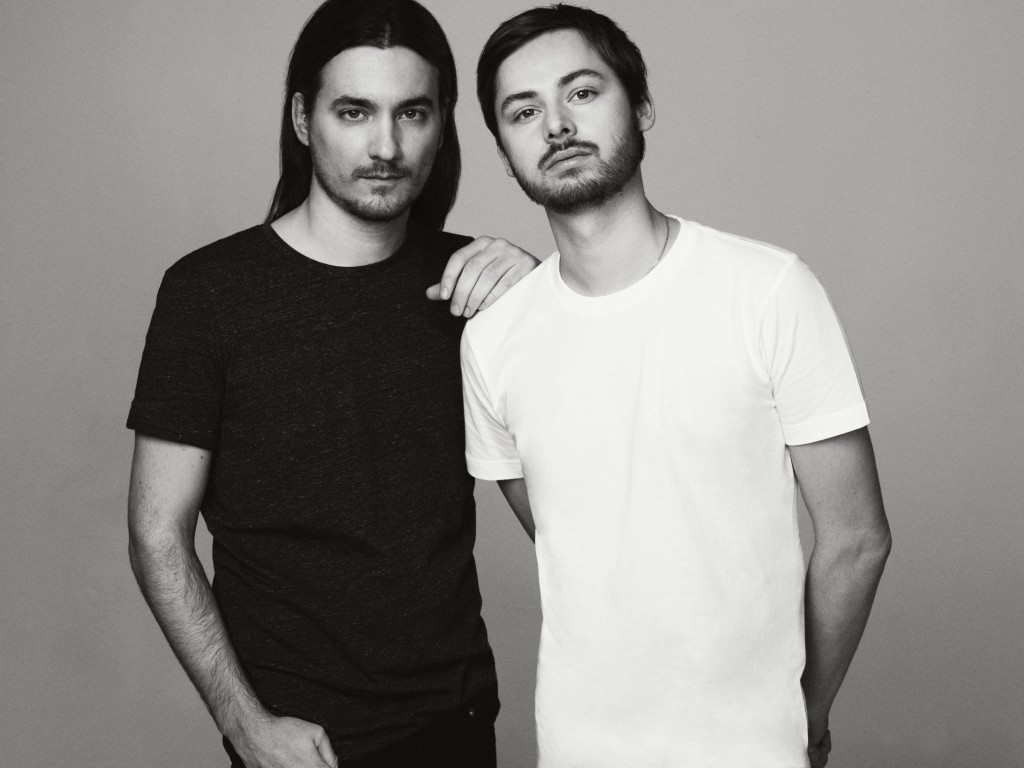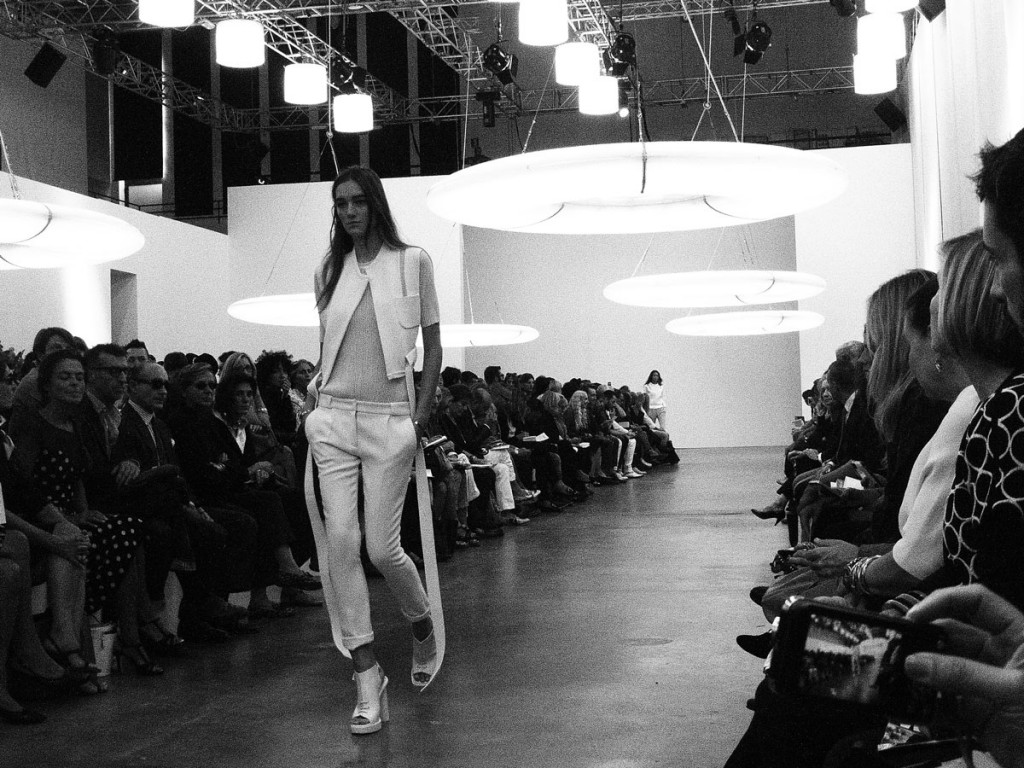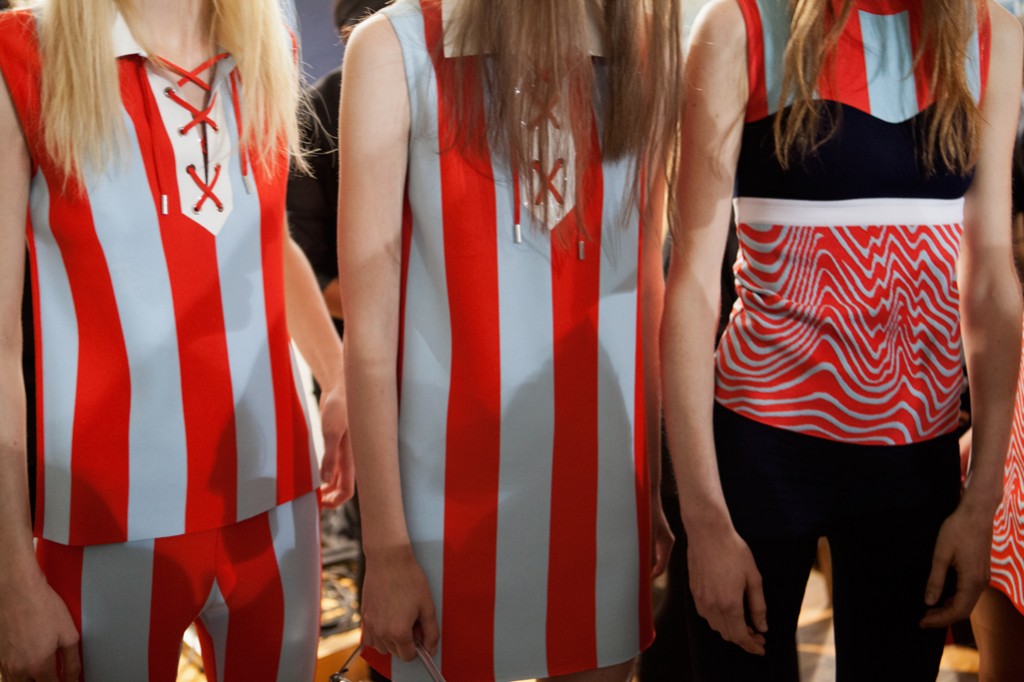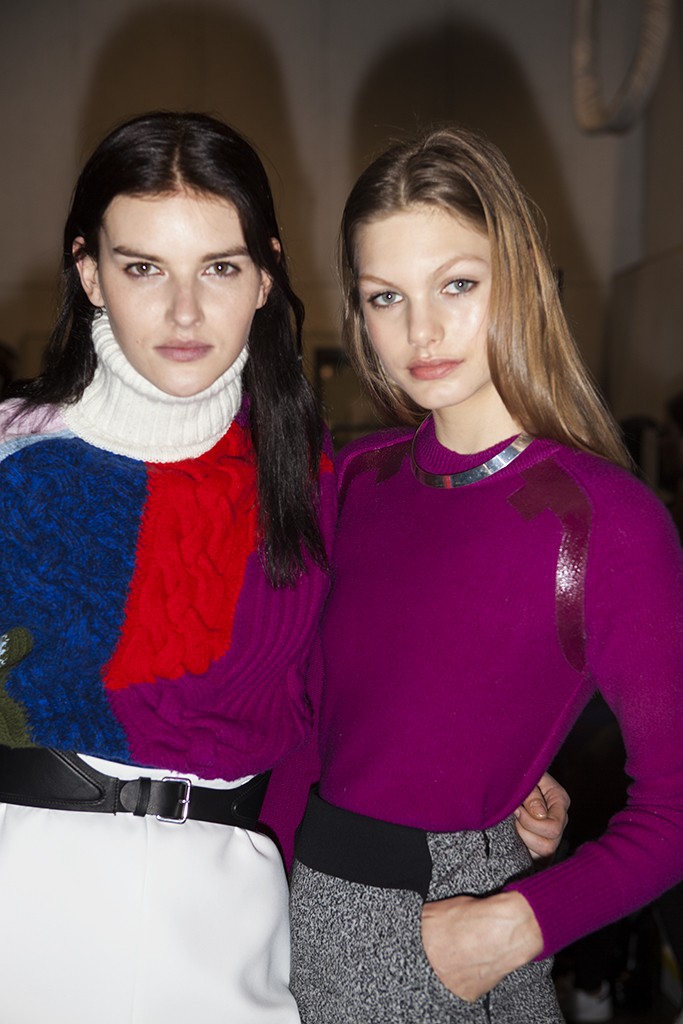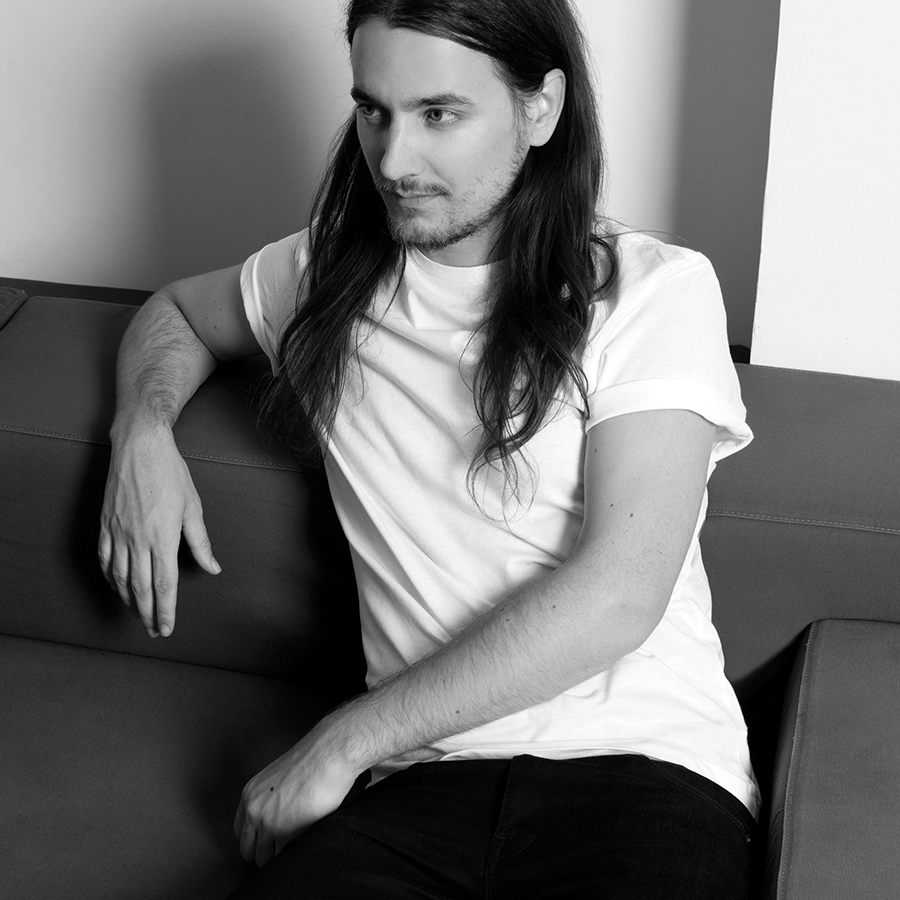
ON ICEBERG AND REBIRTH BY ALEXIS MARTIAL CRASH 67
By Crash redaction
HE’S THE MAN RESPONSIBLE FOR BREATHING NEW LIFE INTO ICEBERG. IN JUST TWO SEASONS, ALEXIS MARTIAL, THE NEW CREATIVE DIRECTOR OF THE ITALIAN FASHION HOUSE FOUNDED BY CASTELBAJAC IN THE EARLY 70S, HAS ALREADY MANAGED TO PUT TOGETHER A DISTINCT AND REMARKABLE SILHOUETTE. AND THIS IS ONLY THE BEGINNING. YOUNG, AMBITIOUS, AND ABOVE ALL RIDICULOUSLY TALENTED, THE FRENCH DESIGNER IS LOOKING WELL INTO THE FUTURE. BLENDING ARCHIVES AND A MODERN TOUCH, HE TELLS US ALL ABOUT HIS PROMISING CAREER IN THE MAKING.
How do you organize your work life?
I spend half my time in Paris and the other half in Italy. My studio is in Paris, so that’s where I do the design part of my work, while Italy is more the production side of things. I move back and forth a lot, because we like to work on things well in advance at Iceberg. Our plant is the third biggest in Italy, and we also do some production for other brands. It’s an extremely modern plant and our production calendar is made out well in advance. It may seem hard to believe, but behind all these industrial concerns lies a real interest in creativity. although not waiting till the last minute is a rare thing in the fashion world! But that gives us the time we need to approach production with a lot of thought and care. It also lets us be more flexible. sometimes I’ve launched a few last-minute pieces just days before a show. and that’s only possible because our production team isn’t bogged down by all the hectic deadlines that typically lead up to a show.
You’re still very young… How have you approached your career so far?
I decided what I wanted to be when I was 15 and entered trade school. It was a real fashion school and that technical apprenticeship is what helped me launch my career. afterwards I went to school in Paris. I started out in a very classic and conservative place where all the “petites mains” are trained to put pieces together for fashion shows. It was extremely rigorous, which helped me a lot because I was able to learn all the different techniques for patterning, cutting, and sewing. This technical knowledge is very important for me today. Then I spent three years at the atelier chardon savard, where I had the freedom to do whatever I wanted. This last step gave me a chance to experiment, express myself, and mature. I started working at Givenchy in late 2007 and ended up staying there for five years. I mainly worked on knits, but I also did some haute couture with ricardo Tisci. and that’s the part I liked the best. It was experimental… couture with a capital c! Then I wanted to move on to something new. I arrived at Paco rabanne at something of a turning point for the brand. Our goal was to overhaul the knits department and come up with something new based on the brand’s original style and codes. There was a lot of potential in the rabanne archives. I spent two seasons there, then I took some time off to find what I was really looking for. It didn’t take as long as I thought it might: I soon got in touch with Iceberg and it just felt right.
Iceberg offered you total creative freedom?
Paulo Gerani met with me at his office in Italy and told me about the brand’s challenges. Then he asked what I thought about it. I just told him I really liked the name, even if I didn’t have any clear ideas for the moment. after talking for a few hours I suggested I come back after a few weeks to present my vision for Iceberg. so 15 days later I showed up with two collections in my portfolio. Paulo went through my designs, closed the portfolio, and simply said: “Let’s do it!” I have to say I was a little nervous on my first visit to the plant, with its laboratories, gigantic halls, and massive production lines. Everything I was familiar with was totally different. But I really liked the idea of working like that, because it was a model that wasn’t really available in France anymore.
What designs did you bring to the second interview?
My portfolio was pretty full. I thought I should at least present a summer and winter collection so we could talk about a future and a direction for the brand. I basically had one portfolio devoted to the brand’s identity and everything I could bring to the table in that respect. and then another portfolio for each season. I wanted to cover all the bases with my presentation. I also had some moodboards, with references from everywhere: not just fashion, but also design, architecture… Ideas can come from anywhere. right from the start, I had a very clear idea in mind for the Iceberg silhouette. and it came together little by little in the collections.
How have your collections developed?
I’ve done four collections so far, including pre-collections. My vision is starting to come together. I started out working alone so I could really concentrate on my designs. Now I work with two other people in the studio: my assistant and another person for graphic elements. I also manage a small team of designers in Italy. I wanted to start from scratch, really go back to square one and not worry about what the brand had done in the recent past. It’s thrilling work. I’m not following in anyone’s footsteps. I just base my work on the brand’s original identity, the style developed by its founder, castelbajac, before he created other lines under his own name. It’s an identity that has a lot to offer. Knits play a large part in it, which is great for me. There are also some great colors and graphics to work with. It’s also fun because Iceberg was one of the first brands to organize photo shoots with designers and artists for its ad campaigns in the 70s. Ettore sottsass, andy Warhol… They all lent their faces to the brand! Even when you look through the ads, you can already get a feel for the brand’s identity. There are already a lot of ideas to take apart and rearrange. It was really easy for me to put together a whole universe using these codes. In return, these codes serve as beacons to help me stay on a consistent track. I know where I’m going. Even if we do something completely different every season, it’s all coming from the same place. I want to create a distinct image. In a few years I hope Iceberg clothing will be unmistakable.
You mentioned design and architecture… Fashion aside, what inspires you?
I’m passionate about so many things, and I collect almost everything! (Laughs) I really like going around to flea markets and antique shops. I have a few favorite periods, from the 60s, with raymond Loewy and Pierre Paulin’s Elysée furniture, to the 80s. What I like about the 80s is the sense of integrity, the new desire to live and rethink the relationship between people and their interiors. It’s not like I have Memphis items all over the place, but it’s the kind of thing that gets my imagination going. In architecture I like Paul rudolph, Marcel Breuer, IdEm, and all the different utopias of the past. I also like contemporary art, but I tend to jump from one thing to the next there. One name that comes to mind is Peter Zimmermann. My inspiration tends to come from both France and Italy.
What’s it like being a French designer in Italy?
It’s true that the opposite is generally the case. Maybe that’s what spurred all the interest in the brand’s comeback. We met with a lot of people to explain our approach before our first fashion shows. The brand had been somewhat forgotten at that time. Though a lot of talent came through, no designers really managed to make their mark… Iceberg had really lost its appeal. But there was always something fresh lying in wait, just waiting to rear its head. Now it’s almost like a young designer just starting out, but with all the resources of a mature brand to rely on. Our first fashion show was a unanimous success with the press. I’m not as nervous nowadays.







